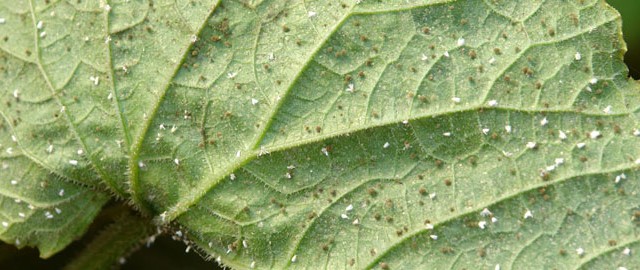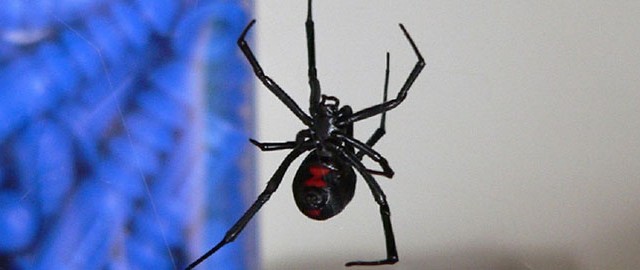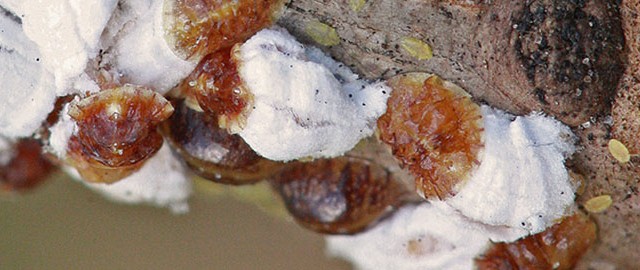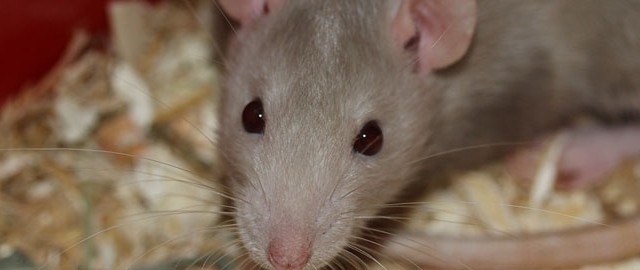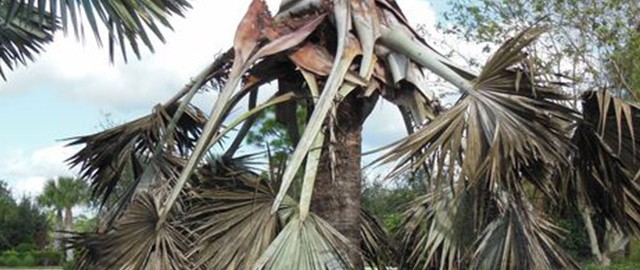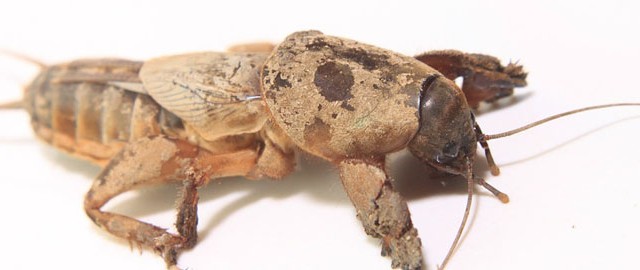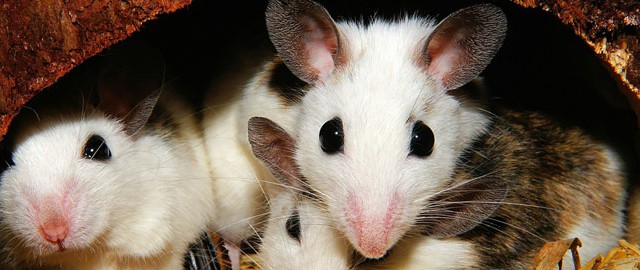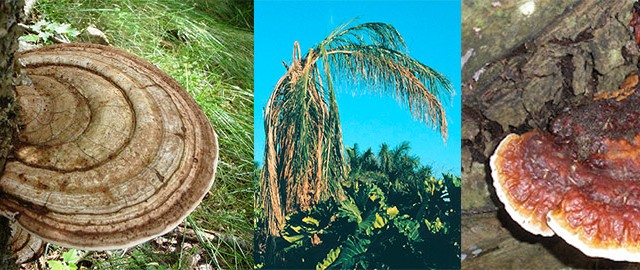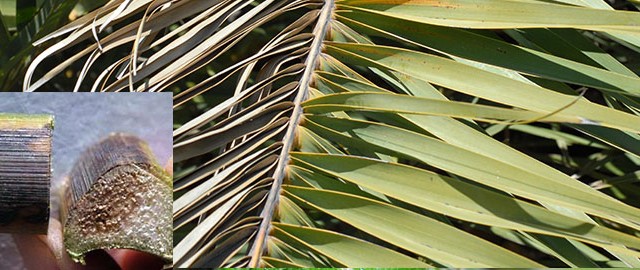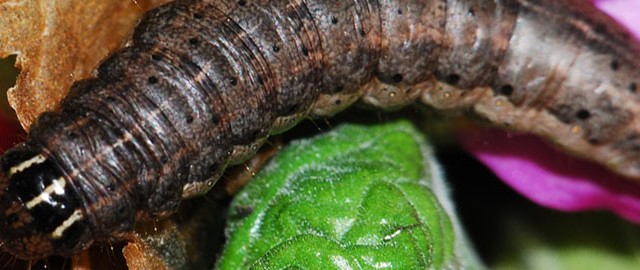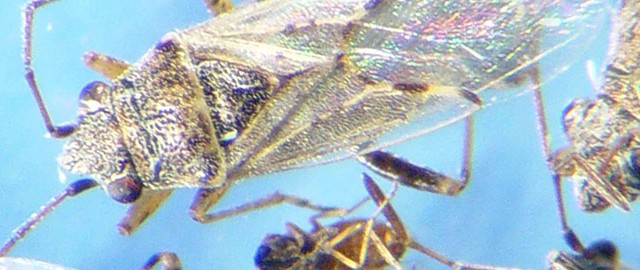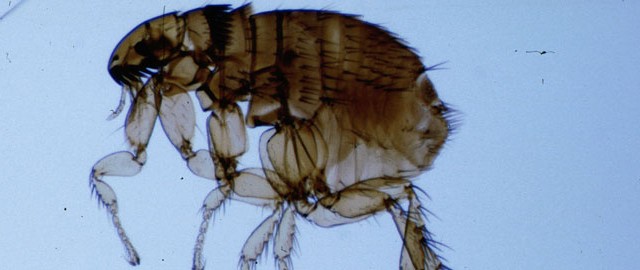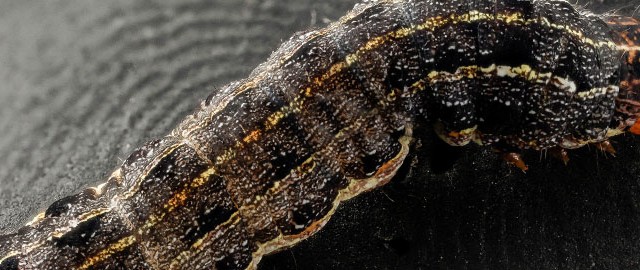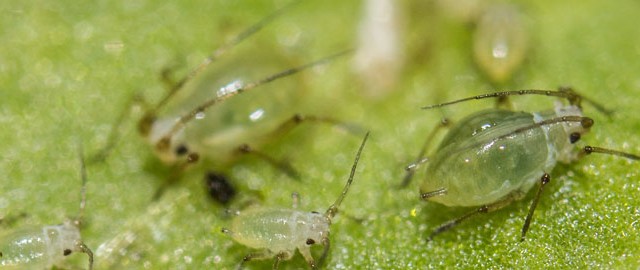Pest Gallery
- Date
- December 12, 2014
Sod webworms are caterpillars of small brown to dull gray moths. Webworms grow to a length of nearly 3/4 inch and vary in color from pinkish white to yellowish brown with a light to dark brown or black head. They are covered with fine hairs. The moths have a wingspan of about 3/4 inch. They fold their wings closely about their bodies when at rest and have a prominent forward projection on the head. Moths hide in shrubbery or other sheltered spots during the day. They fly over the grass in early evening. The female scatters eggs over the lawns as she flies. Sod webworms feed only at night. Damaged grass blades appear notched on sides and are chewed raggedly. Irregular brown spots are the first signs of damage. Large areas of grass may be damaged severely. A heavy infestation can destroy a lawn in only a few days. Insecticide application should be timed for treatment during early evening hours when caterpillars begin feeding on the surface of the turf.- Date
- December 12, 2014
Mole crickets are light brown, up to 1 1/2 inches long, have short, stout forelegs, spade-like feet, and large eyes. The young resemble the adults except that they are much smaller, have no wings and are sexually immature. Adults lay eggs in underground cells in the spring. The eggs hatch in 2 to 4 weeks, depending on the weather. Nymphs feed and grow through the summer, and mature into adults in the fall. Mole crickets spend the winter deep in the soil but come to the surface to feed during warm periods. Adult crickets leave the soil on warm spring nights to fly around, sometimes in huge numbers, looking for mates and egg-laying sites. There is one generation per year, and most adults die by early summer. Two generations per year have been reported in isolated coastal areas. The most damaging species of mole crickets feed on grass beneath the soil’s surface. Both young and adults burrow beneath the soil and make small tunnels. Mole crickets will build up in an area and completely destroy the grass, leaving bare ground if left untreated.- Date
- December 12, 2014
There are a great many species of cutworms. While they all feed on plants by chewing, they vary as to damage done and host plants preferred. Generally they destroy more of the plant than they eat. Their numbers vary greatly from year to year and, when numerous, may destroy as much as 75% of a crop. Cutworms injure plants in four major ways: Solitary surface cutworms cut off young plants at or slightly above or below the soil line, sometimes dropping the severed plants into their burrows. Because most of the plant is not eaten, these cutworms do great damage, attacking and felling new plants nightly. The black, bronzed, clay-backed and dingy cutworms are in this group. Climbing species, usually the variegated and spotted cutworms, climb the stem of trees, shrubs, vines, and crops and eat the leaves, buds and fruit. Subterranean species, particularly the pale western and glassy cutworms, remain in the soil and feed upon roots and underground parts.- Date
- December 12, 2014
Chinch bugs are most damaging to Floratam Grass. You may see them on grasses such as zoysia, Bermuda, and centipede, but infestations usually occur where high populations have built up on St. Augustine grass. Adult chinch bugs are about one-fifth of an inch long and black with white wings folded over their backs. The insect mates early in the season when the temperature reaches 70 degrees Fahrenheit. The female lays eggs on roots, stems, leaves, leaf sheaths or crevices in nodes and other protected places. Eggs are laid over a 2 to 3 week period, with one female laying as many as 500 eggs. The young chinch bugs ( called nymphs) develop into adults in four to six weeks. Nymphs are yellow upon hatching but soon turn red and have a light colored band across their abdomens. With each molt, nymphs more closely resemble the adults. There are 2 to 4 generations per year. The chinch bugs insert their slender beak into the grass and suck the plant juices. As the chinch bug sucks the plant juices, it releases a toxin that causes yellowish to brownish patches in turf. Typical injury appears as spreading patches of brown, dead grass. This […]- Date
- December 12, 2014
Armyworms, which attain a length of 1/2 inches, are also caterpillars of moths. Their bodies are greenish when small but become brown when fully grown. Several stripes are usually apparent, extending from the head to the rear. The adult is a mottled brownish-gray moth with a wingspan of nearly l l/2 inches. Life Cycle and Diagnosis: Moths lay clusters of eggs on grass blades, lawn furniture, white or light colored walls and other objects near lawns. Caterpillars hatch and begin to feed on the turf. Damaged turf appears ragged with individual blades showing signs of chewing damage. When numerous, they may devour the grass down to the ground. Caterpillars pupate in the soil. The moths emerge within a couple of weeks. They are active mainly at night. There are three to six generations a year. As with sod webworms, time insecticide applications to control armyworms during the early evening when caterpillars are feeding on the surface of the turf.

